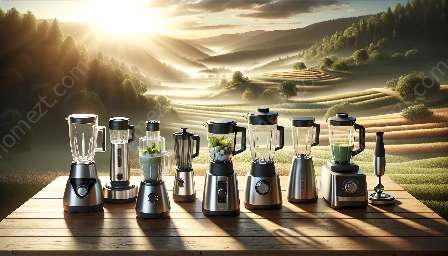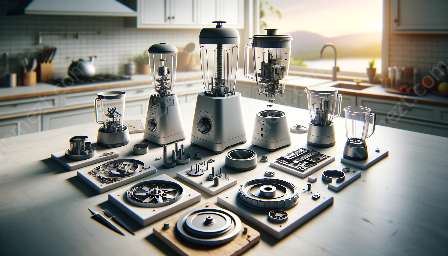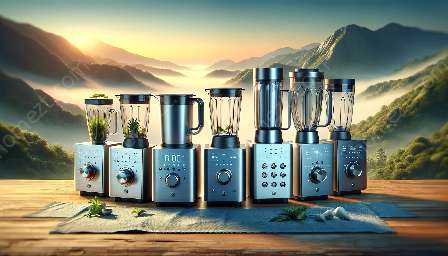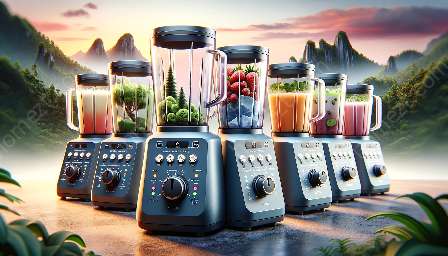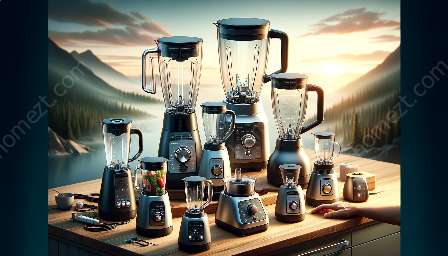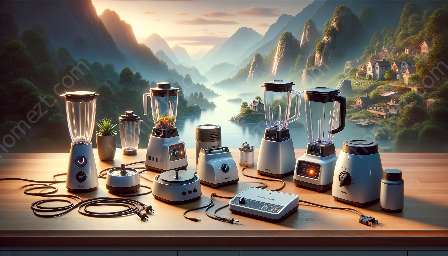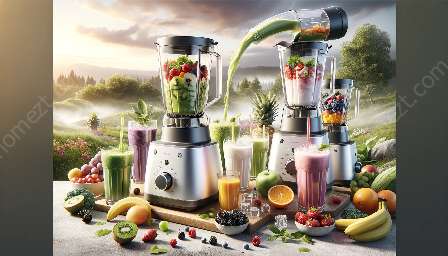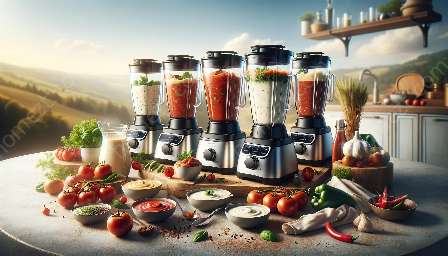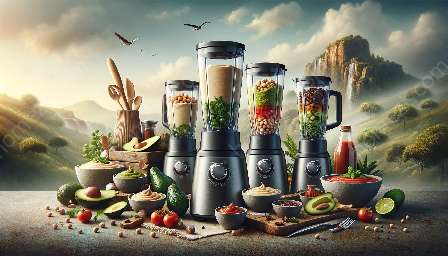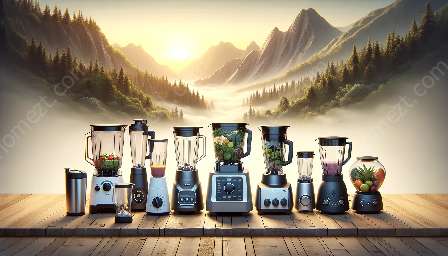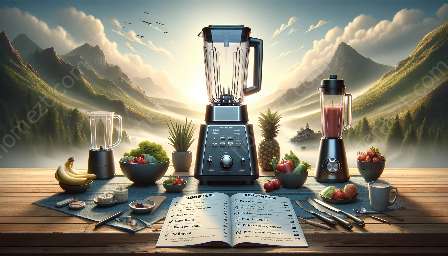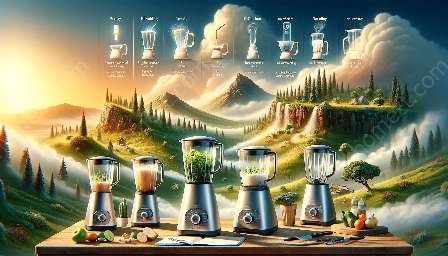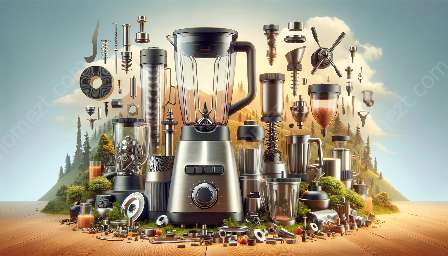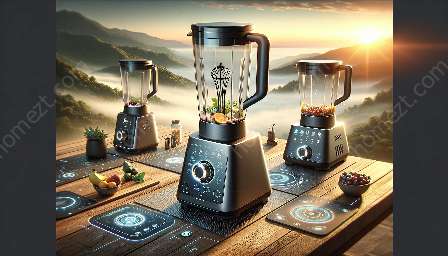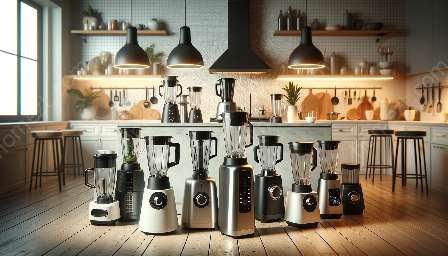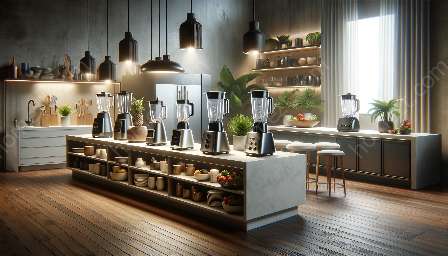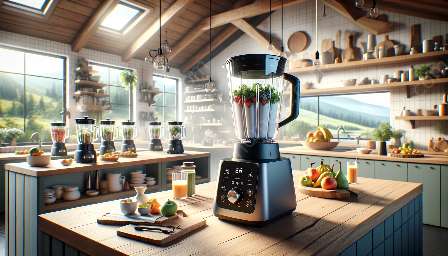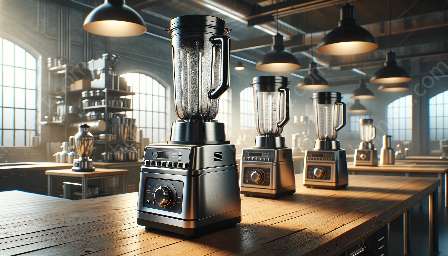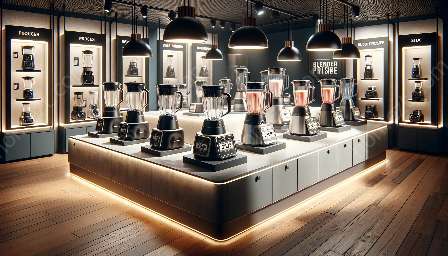Blenders are an essential component of numerous kitchens and have become a go-to appliance for many households. When it comes to choosing the right blender, it's crucial to consider the various types available to find the most suitable one for your specific needs. In this comprehensive guide, we'll delve into the diverse types of blenders, their compatibility with other home appliances, and the advantages they offer.
The Countertop Blender
The countertop blender is among the most common types of blenders. It features a sturdy base and a container with a blade at the bottom. These blenders are ideal for blending liquids and making purees, smoothies, and sauces. They come in various sizes and power capacities, making them compatible with a wide range of kitchen tasks. The countertop blender is an excellent addition to any kitchen due to its versatility and ease of use.
The Immersion Blender
Also known as a hand blender, the immersion blender offers a unique design that allows it to be immersed directly into the ingredients being blended. This type of blender is perfect for quickly and efficiently blending soups, sauces, and other mixtures directly in the cooking pot or pan. Immersion blenders are compact, easy to clean, and convenient for blending small batches of ingredients.
The Personal Blender
Designed for individuals who enjoy making single-serving smoothies or beverages, the personal blender is a compact and portable option. It usually comes with a detachable container that can be used as a travel cup, making it easy to blend and consume beverages on the go. Personal blenders are compatible with a variety of fruits, vegetables, and liquids, making them perfect for creating healthy and delicious drinks.
The High-Speed Blender
High-speed blenders are known for their powerful motors and robust blades, allowing them to blend even the toughest ingredients with ease. These blenders are capable of creating ultra-smooth textures and can handle tasks such as crushing ice and grinding nuts. With their ability to emulsify and pulverize ingredients, high-speed blenders are suitable for making creamy smoothies, nut butters, and even hot soups.
The Blender/Food Processor Combo
For those seeking versatility and space-saving solutions, the blender/food processor combo offers the best of both worlds. This type of blender not only excels at blending and pureeing but also includes attachments for shredding, slicing, and chopping, effectively replacing the need for a separate food processor. Its compatibility with a wide range of kitchen tasks makes it a must-have for any cooking enthusiast.
The Bullet Blender
The bullet blender, also known as a compact or single-serve blender, is designed with convenience in mind. Its single-serve containers and powerful blades enable quick and efficient blending of small portions. Bullet blenders are perfect for preparing individual smoothies, shakes, or sauces without the hassle of cleaning a larger blender.
Compatibility with Home Appliances
Blenders can be seamlessly integrated with various home appliances to enhance the functionality and efficiency of the kitchen. They work well in conjunction with items such as refrigerators, as they enable the storage and preservation of blended ingredients. Blenders also complement coffee makers by allowing users to create frappes and other blended coffee beverages. Furthermore, blenders can be paired with food processors for a full range of food preparation and blending options.
The Advantages of Different Blender Types
Each type of blender offers unique benefits that cater to different needs and preferences. Countertop blenders provide excellent versatility and power for a wide range of blending tasks, while immersion blenders offer convenience and ease of cleaning. Personal blenders serve those who require quick and portable blending solutions, and high-speed blenders are suitable for handling tough ingredients and achieving ultra-smooth textures. The blender/food processor combo presents a multifunctional approach, and bullet blenders deliver compact and efficient single-serve blending capabilities.
Conclusion
Understanding the diverse types of blenders and their respective advantages equips consumers with the knowledge necessary to make informed purchasing decisions. By considering the compatibility of blenders with various home appliances and identifying the type that best suits their needs, individuals can elevate their culinary experiences and enhance their home cooking endeavors.

